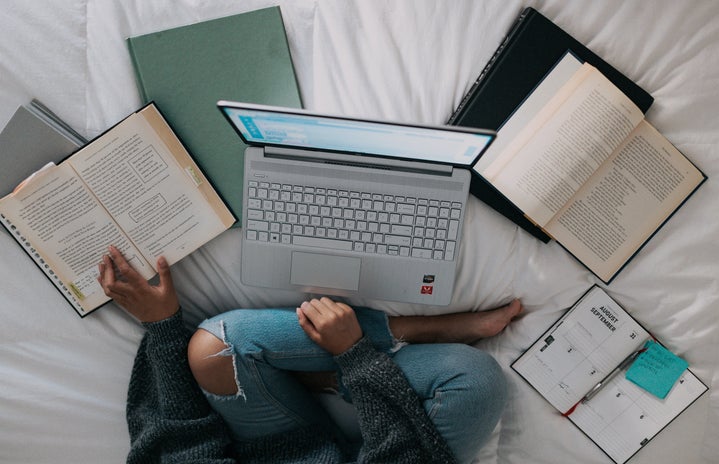Whether you excel better by creating your own study guides or by sitting front row in class, everyone can benefit from getting to understand their learning styles, and even learning about other styles that they can borrow some techniques from. To do a quick rundown, the main three learning styles are auditory learning, visual learning, and kinesthetic learning. Auditory learners are more likely to gain and retain information better through discussions, lectures, and anything related to taking in information that they can hear. Visual learners are better at receiving information that is given to them in a visually rich way, such as aesthetically pleasing presentations, detailed study guides, and infographics. Kinesthetic learners use touch and movement to help them learn, such as hands-on activities and games to interact with.
If you think or know that you are an auditory learner then you can watch videos or listen to podcasts on material you want to learn. Another way to practice auditory learning is by participating in class conversations, which can just include asking a question to start a dialogue about material you might be confused about. For those of us who dread having to raise a hand in class, active listening while jotting down notes in lecture does the job as well.
Visual learners are more likely to pay more attention to lectures that have dynamic power points and videos that show how to solve problems rather than just talking about the steps to get to the answer. One way to practice visual learning is by creating visually appealing study guides that include color coordination. If you despise any form of manually writing things out, then maybe making your own Canva study guides or slide shows could be a better alternative. Another way to incorporate visual learning into your studying habits is to start making mnemonic devices like creating acronyms that you can easily write out to remember keywords and phrases.
Kinesthetic learners receive information best by being able to make that mind-body connection that visual and auditory learners don’t necessarily need. This includes moving your body or even just using your hands to help you remember and retain information. One way to do this is by finding games or creating your own games that relate to study material that you can interact with. A different way to incorporate kinesthetic learning is to immerse yourself in the material and find actual objects that you can touch and see that relate to the topic you are studying.
Figuring out which learning style helps you the best, even if it’s more than one, gets you closer to practicing active learning and recalling information better for exams. So, next time you find yourself getting closer to an exam date, try some different learning style study techniques and see which ones work best for you.


